With the widespread use of and progress in computers,
an increasing number of products today are using software
to realize various functions.
The software is becoming increasingly large and complex.
The amount of information used in software development is becoming so enormous that it is difficult to show it on two-dimensional plane
such as paper or screens.
But what if software structure could be visualized in a three dimensional space? At the Hitachi Social Innovation Forum 2019,
the project VR technology to visualize complex large-scale software structures gathered much attention.
How did this project come about and how was it developed?
We interviewed Senior Researcher Masumi KAWAKAMI and Researcher,
Akihiro HORI of the Research & Development Group, Hitachi, Ltd., to find out.
(April 1, 2020)
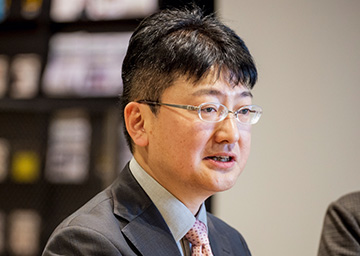
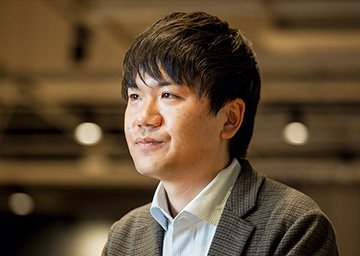
*Position and affiliations given as current on date of publication

VR representing cylindrical building-like space with multiple levels. The red, blue, and green indicates “rooms (groups of functions).”

Example of details of functions floating in space upon selecting a target object with the VR controller.

Objects allocated on the outer edge of a virtual sphere. Each object automatically adjusts itself using the spring algorithm so that they are as far away from each other as possible.
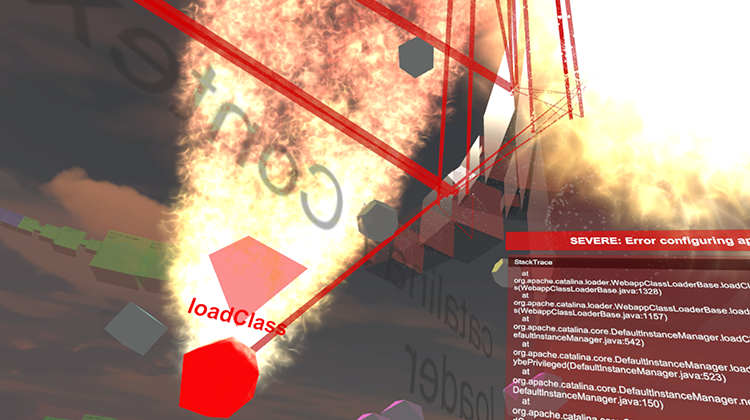
Errors within the software are indicated by burning red fire together with a sound that indicates issues.
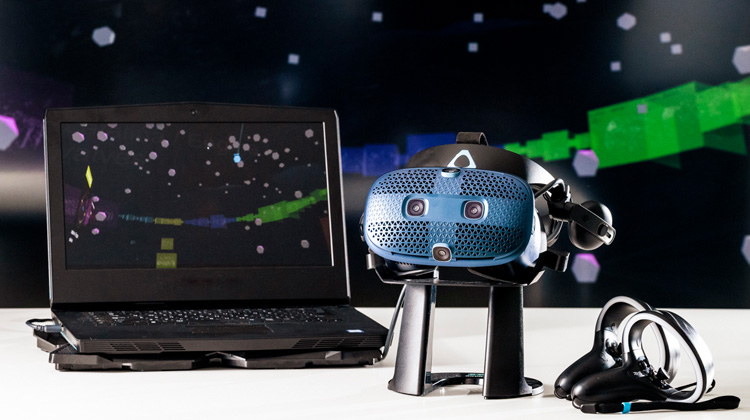
This technology is not limited to specific hardware. It is compatible with VR goggles and VR controllers that are commonly available on the market.
Masumi KAWAKAMI
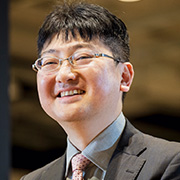
Kawakami joined Hitachi, Ltd. after completing his master's degree at the Toyohashi University of Technology. He began his career in electrical systems development, and after working on digital televisions and other household electronic appliances, he is now involved in software R&D for automobiles and railways. Kawakami specializes in model-based design, software product lines, testing, and project management.
■Works that inspired me
The Timeless Way of Building written by Christopher Alexander
In the writings of the Austrian architect Christopher Alexander, there is a book called "Timeless Way of Building ". This is to create a good city and building "pattern language (words expressing environmental design, such as town, building, construction)"
It is a book of the proposed building field. Later on, this concept was applied to software development, technology called “design patterns” was born. While software is conceptual and cannot be seen, we use ideas in the field of architecture to make software development easier. If I was not able to become a software engineer, my hope was to become an architect, so maybe it was inevitable that I would end up developing software using building metaphors like we did on this occasion.
Akihiro HORI
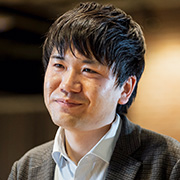
Hori joined Hitachi after graduating from Keio University with a master's degree in software engineering, during which he conducted research on the automation of software testing. In Hitachi, he planned and designed the project, “VR technology to visualize complex large-scale software Structures.”
■Works that inspired me
Inception, movie directed by Christopher Nolan
In the movie Inception, starring Leonardo DiCaprio, the protagonists enter a dream and complete various missions. In this dream world, they are able to build structures instantly using their powerful imagination. However, these structures differed from buildings that we often see in our world. Each of the structures were unique and provided me with the inspiration to visualize source code as buildings.